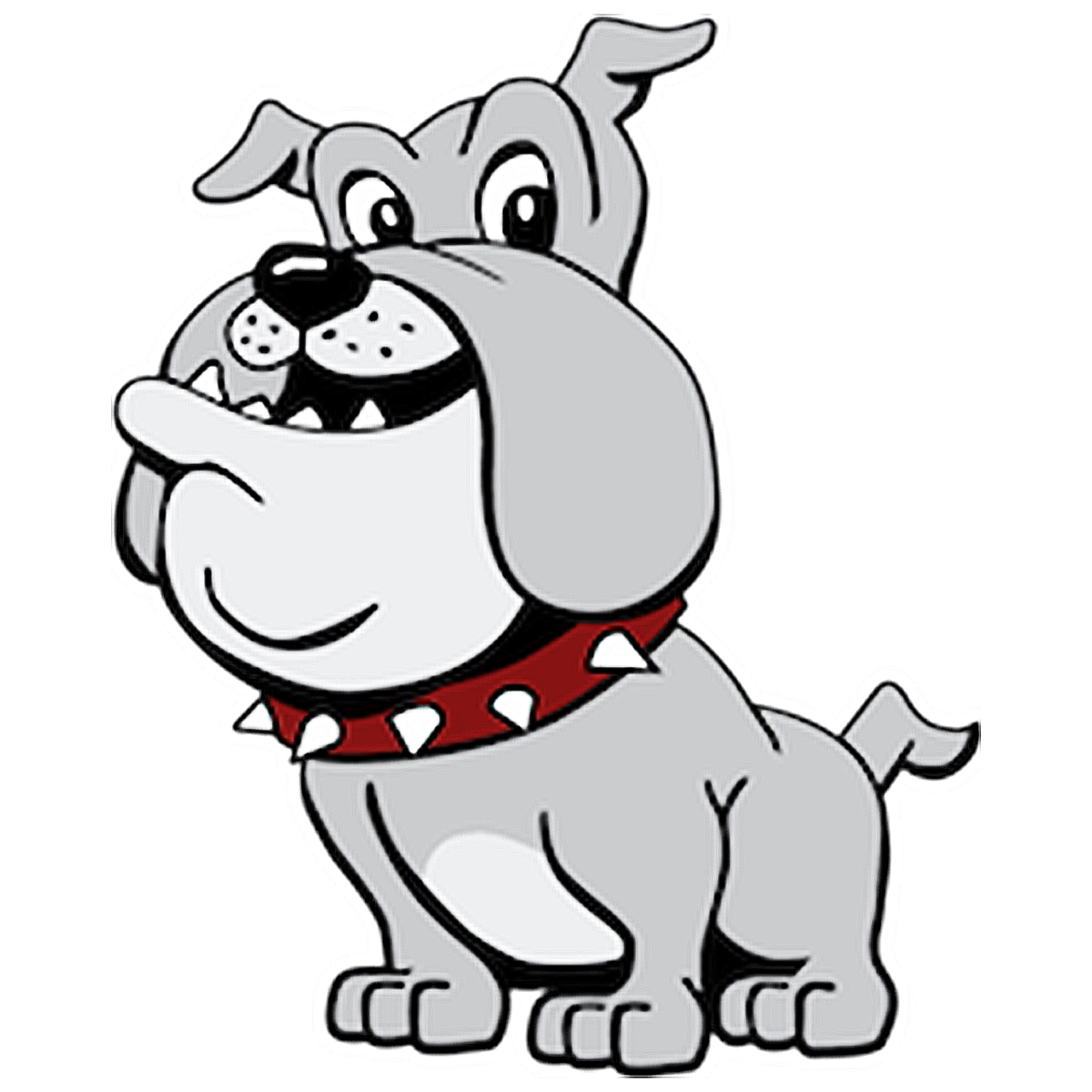Welcome!
We Have Bulldog PRIDE!!!
Purpose, Respect, Integrity,
Determination and Empathy.
Introduction:
Lovell is located in the northwest part of the state. Lovell was founded in the late 1800s and is named for Henry Clay Lovell, who brought two large herds of cattle to the area in 1879. Lovell is nicknamed the "Rose City of Wyoming," in honor of Dr. William Horsley who used his expertise in growing roses to beautify the community. The major industries in Lovell are education, gypsum wallboard, bentonite (mining and processing), growing sugar beets (refining sugar), and healthcare. Lovell is part of Wyoming’s Big Horn Basin. The community is surrounded by the Pryor Mountains to the north, Big Horn Mountains to the east, and Absaroka/Beartooth Mountains to the west. It lies in close proximity to Yellowstone Park, Big Horn Canyon National Recreation Area, and the Pryor Mountain Wild Horse Range. The community is a family-friendly with several parks, an indoor swimming pool, a historic movie theater, a variety of churches, and community celebrations. The school system is an integral part of the community. School-related functions (sports, music, and classroom presentations) are generally well-attended by community members.
Community Demographics:
According to the U.S. Census Bureau, the population of Lovell, Wyoming is approximately 2,590 (2023). Of this group, approximately 91.9% are white; 6.37% Hispanic; 1.04% two or more races; 0.54% American Indian. 83% are high school graduates or higher, 15% have a Bachelor’s degree or higher, and 5% have a graduate or professional degree. The median income for a household in Lovell was $60,511; 15.3% live below the poverty level.
Student Demographics:
Student Population: 275 Students Gender: 51% male, 49% female
Ethnic: 93% white, 7% other
Socio-Economic Status: 34.5% free and reduced lunch
Special Education: 17%,
Title I: 14%
At Risk Factors:
Students with non-traditional family (divorce, single parent, teen parent(s), deceased parent(s), raised by grandparents or other family members: 34%
Students with parents who have a known alcohol/substance-abuse problem: 17%
Students with parent(s) who have been arrested/incarcerated: 21%
